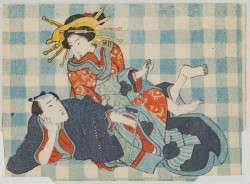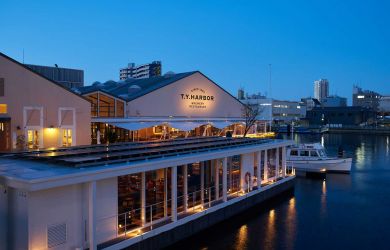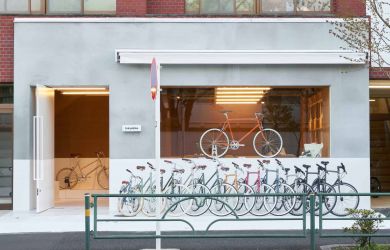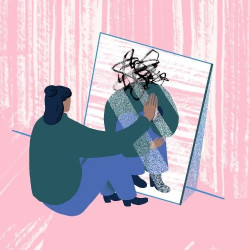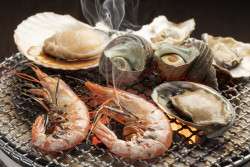
Originally published on metropolis.co.jp on July 2014

This interdisciplinary expression of largely avant-garde creativity is now commemorated at the National Art Center Tokyo in “Ballets Russes: The Art of Costume,” featuring a collection of costumes amassed by the National Gallery of Australia.
You might wonder what a collection of balletwear is doing Down Under, a country best known for its Crocodile Dundee image of manly hardihood, but as Priscilla, Queen of the Desert, Dame Edna, and Sydney’s massive Gay Pride Day hint, the Ockers have got, let us say, a more gentle side—not that ballet is for wimps. If it was, it wouldn’t have taken a lot of its steps from Scotland’s Highland clans and been perfected by the Russians.
The Ballets Russes represented an infusion of new vitality and dynamism into an art form that, in the capitals of Europe, had gradually grown too refined. It introduced powerful, athletic dancers, like the great Vaslav Nijinsky, who channelled the Cossack spirit of the Russian steppes, and steely beauties like Anna Pavlova and Lydia Lopokova, the latter of whom later married the famous economist John Maynard Keynes.
This vitality was echoed in the designs of the costumes, which, as shown here, are brash and colorful, rather than effete and delicate. Rather than the white stockings and tutus normally associated with ballet, these are costumes full of colors and decoration, and with occasional protuberances—like the head of a seahorse—that must have made dancing a bit of a challenge.
Because of the Parisian public’s love of spectacle and faraway places, many of the costumes are colorful and exotic, such as the one for the chief eunuch from the 1910 production of Schéhérazade or the costumes for Queen Thamar in the 1912 production of Thamar.
This is an impressive collection, and it is well presented at the museum. The display area is wide and largely unwalled, allowing visitors to view the costumes from near and far and to compare various productions. But the main drawback is that costumes like these call for dancers rather than mannequins, and no matter how colorful they are, without motion they seem somehow lifeless—even with the gentle soundtrack taken from well-known ballets.
National Art Center Tokyo, until Sep 1. See exhibition listings (Akasaka/Roppongi) for details.
